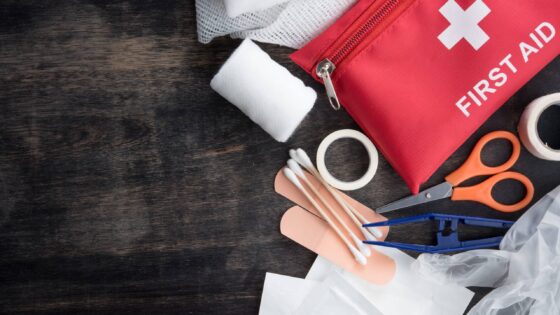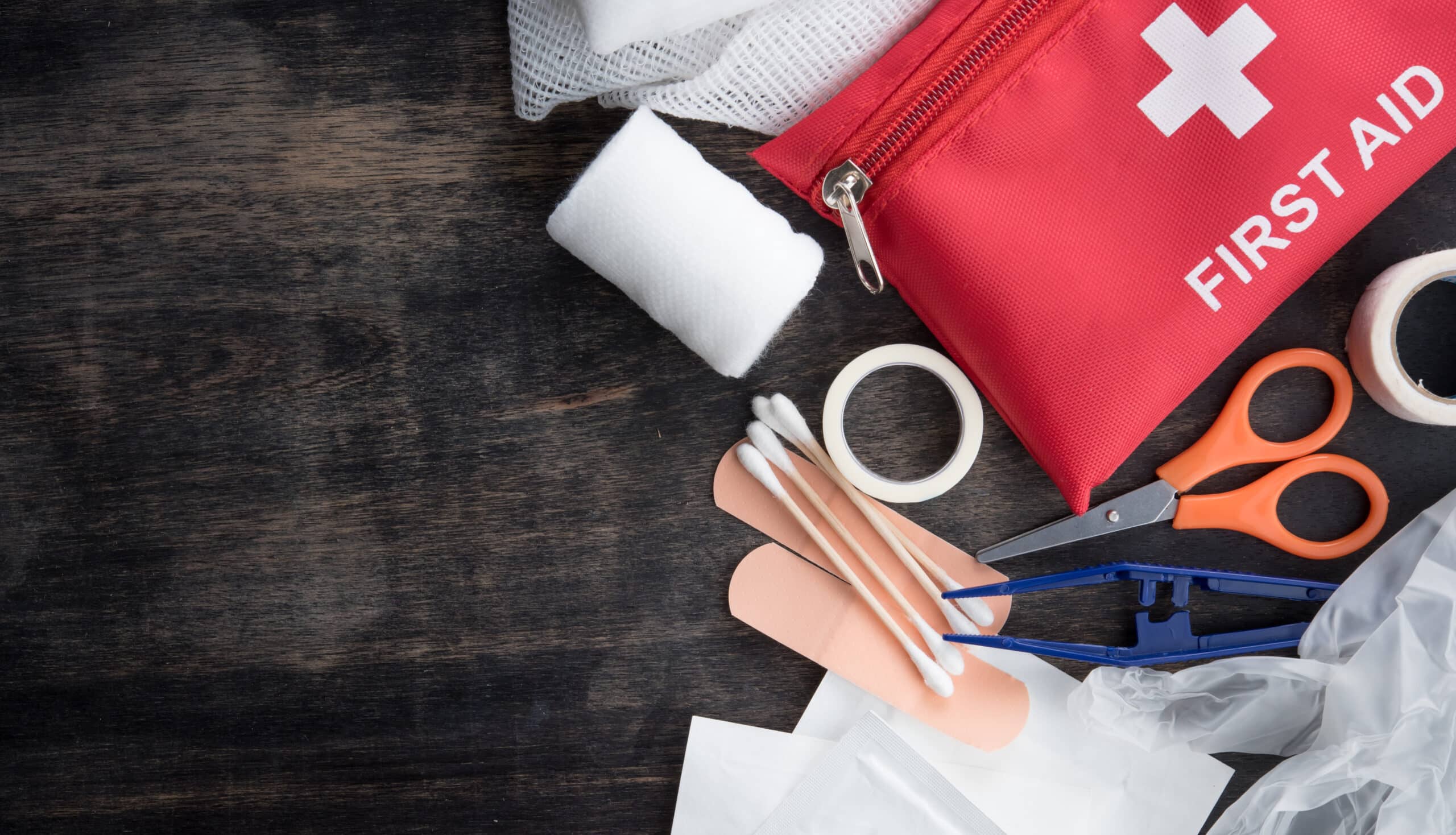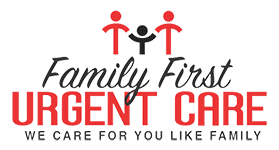
The Essential Guide to a Home First Aid Kit

A well-stocked home first aid kit is a crucial component of every home. Whether it’s for minor injuries, sudden illnesses, or more severe emergencies, having the right supplies on hand can make all the difference. This guide will help you assemble a comprehensive home first aid kit, including recommendations for essential items and tips on how to use them effectively.
Why You Need a Home First Aid Kit
Accidents and unexpected health issues can happen at any time. Having a first aid kit readily available allows you to manage these situations promptly and effectively, potentially reducing the severity of the injury or illness.
For more information on the importance of first aid kits, visit Red Cross: First Aid Kit Checklist1.
Essential Items for Your First Aid Kit
Here are the key items you should include in your home first aid kit, along with their uses:
1. Adhesive Bandages
Adhesive bandages come in various sizes and shapes and are used to cover minor cuts, scrapes, and blisters. They help protect the wound from dirt and bacteria.
Learn more about different types of bandages at Band-Aid Brand2.
2. Sterile Gauze Pads and Tape
Gauze pads are ideal for covering larger wounds, while medical tape helps secure the gauze in place. These items are essential for managing bleeding and protecting wounds.
For detailed instructions on using gauze and tape, visit Mayo Clinic: Wound Care Basics3.
3. Antiseptic Wipes and Solutions
Antiseptic wipes and solutions, such as hydrogen peroxide or iodine, are used to clean wounds and prevent infection.
For more on antiseptic options, check out WebMD: First Aid for Cuts and Scrapes4.
4. Tweezers
Tweezers are handy for removing splinters, ticks, and other foreign objects from the skin. Opt for a pair with a fine point for precision.
For a guide on using tweezers safely, visit Healthline: How to Remove a Splinter5.
5. Scissors
A good pair of scissors can be used to cut tape, gauze, or clothing if needed. Ensure they are sharp and kept clean.
6. Pain Relievers
Include over-the-counter pain relievers such as ibuprofen or acetaminophen to help manage pain and reduce fever.
For information on selecting pain relievers, see Cleveland Clinic: Choosing Pain Relievers6.
7. Instant Cold Packs
Instant cold packs are useful for reducing swelling and numbing pain from sprains, strains, and bruises. Simply squeeze the pack to activate it.
Learn more about the benefits of cold therapy at Verywell Health: How to Use Ice Packs7.
8. Elastic Bandages
Elastic bandages, such as ACE wraps, are used to support sprained or strained joints. They provide compression to reduce swelling and stabilize the injured area.
For wrapping techniques, visit ACE Brand: How to Wrap an Injury8.
9. Digital Thermometer
A digital thermometer is essential for measuring body temperature accurately. Choose one that provides quick readings and is easy to clean.
For guidance on using thermometers, check out KidsHealth: How to Take a Temperature9.
10. First Aid Manual
A first aid manual can provide you with step-by-step instructions on how to handle various medical emergencies. It’s a valuable resource to have on hand.
Download a free first aid manual from St John Ambulance10.
How to Use Your First Aid Kit Effectively
- Keep It Accessible: Store your first aid kit in a central location that is easy to reach in an emergency.
- Regularly Update Supplies: Check your kit periodically to replace expired items and replenish used supplies.
- Educate Your Household: Make sure everyone in your home knows where the kit is and how to use its contents.
Conclusion
Assembling a home first aid kit is a simple yet significant step toward ensuring your family’s safety. By including these essential items and knowing how to use them, you’ll be prepared to handle a wide range of minor injuries and emergencies.
To learn more about Family First Urgent Care visit www.familyfirsturgentcareconroe.com or call
Footnotes
- Red Cross: First Aid Kit Checklist ↩
- Band-Aid Brand ↩
- Mayo Clinic: Wound Care Basics ↩
- WebMD: First Aid for Cuts and Scrapes ↩
- Healthline: How to Remove a Splinter ↩
- Cleveland Clinic: Choosing Pain Relievers ↩
- Verywell Health: How to Use Ice Packs ↩
- ACE Brand: How to Wrap an Injury ↩
- KidsHealth: How to Take a Temperature ↩
- St John Ambulance: Free First Aid Manual ↩
- Urgent Care Myths Debunked: What You Really Need to Know - November 21, 2024
- Behind the Scenes: A Day in the Life of an Urgent Care Professional - November 7, 2024
- When to Choose Urgent Care Over the ER: A Quick Guide - October 23, 2024



